Japan is a fascinating country with a fascinating culture and many unique customs. If you’re living in Japan, one of the most important things you’ll need to learn is how to pay your utility bills.
This can be daunting if you don’t know where to start, especially if you don’t speak Japanese.
That’s why we’ve put together this comprehensive guide on how to pay your utility bills in Japan and the pros and cons of each method. Read on to learn all your options and decide the one that suits you the best.
Different Types of Bills
Gas Bill
Japan has four major gas companies: Tokyo Gas, Osaka Gas, Toho Gas, and Saibu Gas. If you choose to pay via a paper invoice, the company will send you a monthly invoice to the address where the gas is being supplied.
Here is what a gas bill from Tokyo Gas Company looks like:

Your usage and costs are listed in Section (A) and should include:
- Your name (with your customer number just below, circled in red on the image)
- Billing date
- Billed amount (if you are not sure where to look, try to find the yen symbol ¨円¨)
- Payment due date
To give you an idea, one person living in a standard apartment would pay an average of 3000 yen per month in gas during the cold season (October to March) and around 2500 yen during the hotter months (April to September).
Gaz in Japan is mainly used for cooking and more rarely for heating homes. If you use it for heating, your gas bill might be slightly more expensive. In addition, you can use two types of gas in Japan: city gas or propane gas (also called LP gas).
Propane gas tends to be more expensive, so expect variation in prices depending on the type of gas you use.
Water Bill
Water services are publicly owned in Japan, so you just have to find the water supply bureau of your current region to sign up for service.
Some of the more significant water services bureaus in major cities, for example, include the Tokyo Metropolitan Waterworks Bureau and Osaka City Waterworks Bureau.
Here is an example of a water bill from Tokyo:
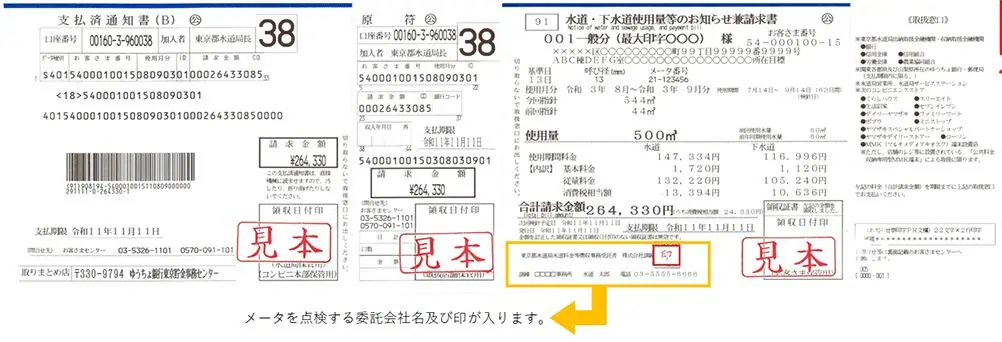
Just like the gas bill, you should easily find:
- Your name/customer number
- Water consumption (in m³)
- Billed amount
- Payment due date
As a reference, the average water bill for one living in a standard apartment could cost you anywhere from 2000 to 2500 yen per month.
Electricity Bill
If you’re a new resident of Japan, you’ll be happy to know that the electricity market has been liberalized. This means that you have the freedom to choose your power company and plan.
So if you’re looking for the best possible service and rate, it’s essential to do your research and find out what company is available in your area. Once you’ve decided on a plan, simply contact your chosen company to get started.
TEPCO (Tokyo Electric Power Company) is the leading company in charge of Tokyo city. Here is what a TEPCO’s invoice looks like:
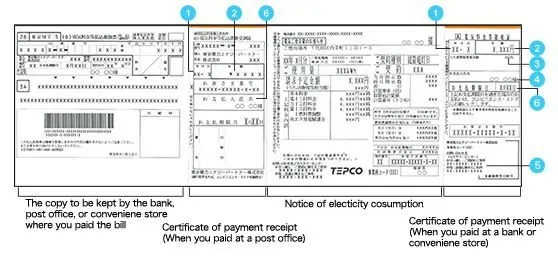
The elements found on the invoice are as follows:
- Billing month
- Billed amount
- Consumption tax
- Your name
- Customer center’s phone number
- Payment due date
Generally speaking, the average cost of electricity for one person living in a standard apartment will vary between 5000 and 7000 yen a month.
Again, the amount will largely depend on the season and region . In most cases, electric bills that amount to less than 1,000 yen can be rolled into the payment for the following month.
Other Possible Bills
Other possible services you would need are internet and mobile services. Regarding mobile, Soft Bank, AU, Docomo, and Rakuten Mobile are the most popular Japanese companies.
You might be billed the same amount monthly (like a flat rate for unlimited data) or billed based on the amount of data you use. It all depends on your chosen plan.
In recent years, there has been a trend towards using mobile data plans that include internet and phone services, which are usually less expensive.
For example, Soft Bank provides both mobile and internet services (Soft bank Mobile and Soft Bank Hikari). Whether you use two different companies or not, you will probably receive an initial paper invoice. Then you can go on paying for your services using paper invoices or change your method of payment.
Most Common Ways to Pay for Your Bills in Japan
Just a note before we go further: when you first start your service with a company, you will usually be first invoiced by mail. You will need your customer number, which is written on your invoice (お客様番号 in Japanese).
If you want to use another payment method, you must change your payment settings by contacting the company in charge of your service or via your customer account.
Convenient stores (Konbini)
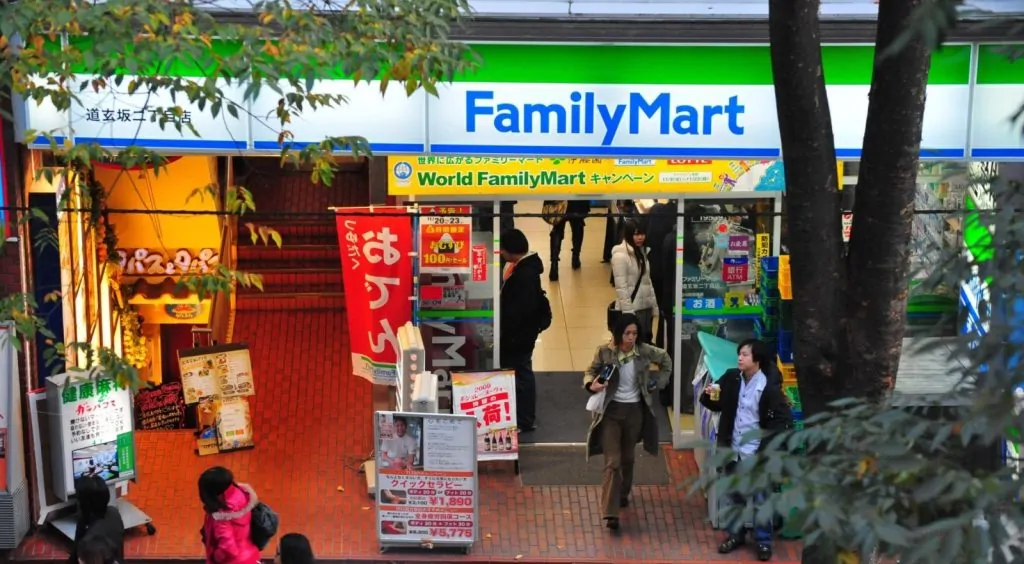
One of the most common and convenient ways to pay your utility bills in Japan is by using a convenience store called “konbini.”
Japanese konbini offer a wide range of services that can be extremely useful for both locals and visitors to the country.
In addition to selling food and other items, most konbini also have ATMs, photocopiers, and fax machines that can be used for a small fee.
You can find these stores on almost every street corner in Japan, which are open 24 hours a day. Some of Japan’s most popular convenience store chains include Lawson, FamilyMart, Seven-Eleven, and Mini-stop.
To pay your utility bill at a konbini, simply take your paper invoice to the counter and tell the clerk that you would like to pay it. If you don’t speak Japanese very well, give the paper to the clerk saying ¨onegai shimasu, ¨ and he or she will understand right away.
The staff will then process your payment and give you a receipt.
Although it is less convenient than konbini because they aren’t open 24 hours a day, you can also pay your paper invoices at Japanese Post offices.
Pros:
- Paying your utility bills at a konbini is quick, easy, and convenient.
- You can choose when you want to pay your bills.
- Convenient stores are everywhere in Japan, so you won’t have trouble finding one, even in the countryside.
Cons:
- Paper invoices will come to your home every month or so, depending on the companies, so there is a chance your mail could get lost or delayed.
- Also, credit cards are rarely accepted. For example, Seven-Eleven stores will usually accept payment by credit card except for when you want to pay your bills which are paid by cash only.
- Finally, printing papers for each bill is not really ecological, and you need to keep the receipts for a few years in case you need to prove you did pay your bills…
Using Automatic Withdrawal (Jidô hikiotoshi)
Most utility companies in Japan offer automatic withdrawal (Jidô hikiotoshi in Japanese) as a payment method. Automatic withdrawal is where the utility company withdraws the amount of your bill from your bank account on the due date.
To set it up, you must apply for it online through your utility company’s website or visit their office and fill out the application form.
Pros:
- You don’t have to worry about forgetting to pay your utility bills on time.
- You will never have problems with lost or undelivered bills.
- You don’t have receipts to keep at home; everything is online.
Cons:
- You need to ensure you have enough money in your account to cover the utility bill.
- Since you won’t receive any notice about your monthly consumption, you will have to check your account regularly for every company to monitor your spending.
- You need to open a Japanese bank account beforehand, which can be a little tricky as a new foreign resident in Japan…
Using a Bank Transfer (Kôza furikae)
Another way to pay your utility bills in Japan is by bank transfer (kôza furikae in Japanese). You can do this by going to your local bank before the payment due date and either:
- Fill out a form with the necessary information.
- Make a transfer via one of the bank’s ATMs.
- Or you can do it online through your bank’s website.
Pros:
- You can choose when you want to pay your utility bills.
- It’s easy to set up.
Cons:
- You need to open a Japanese bank account beforehand.
- You have to remember to pay your utility bills on time.
- If you make a mistake when transferring money, it can be a hassle to cancel and redo the transaction.
- The payment transaction usually requires a small fee.
Conclusion
So there you have it, your guide to paying your utility bills in Japan! To sum up, you will have to pay the main bills are water, gas, electricity, mobile phone, and internet. Most of the time, you can either pay them:
- By going to a convenience store or a Japanese Post Office
- Through a bank transfer
- Or by choosing to set up an automatic withdrawal from your bank account

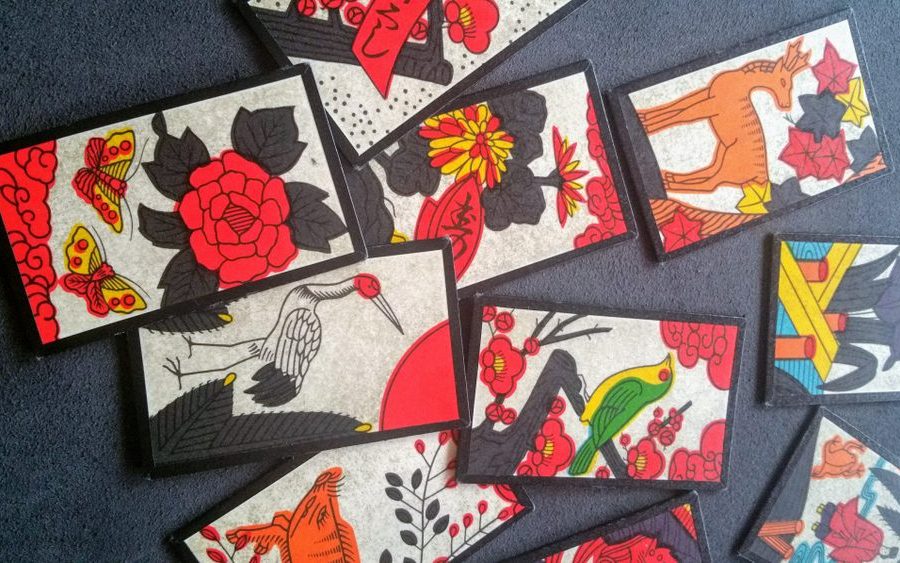
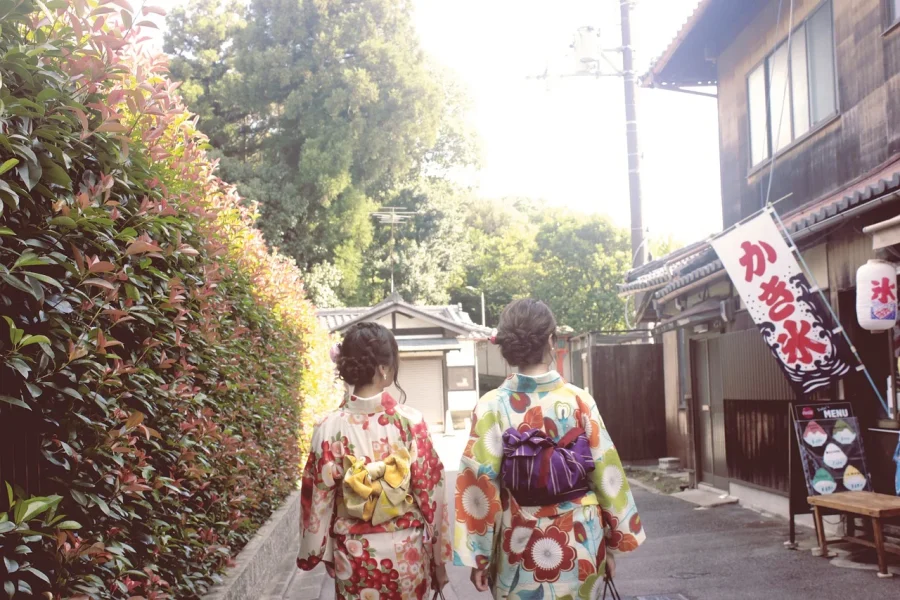
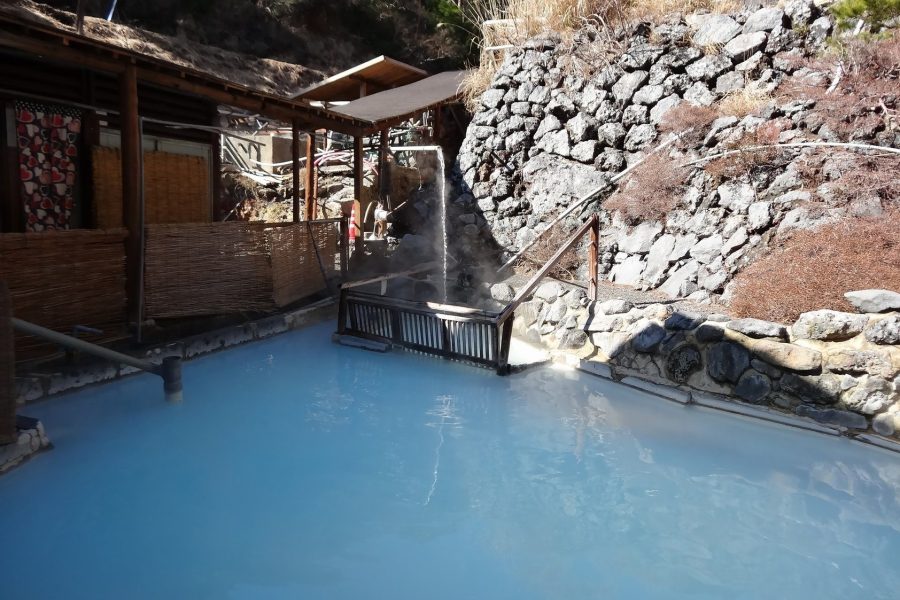
Leave a Comment